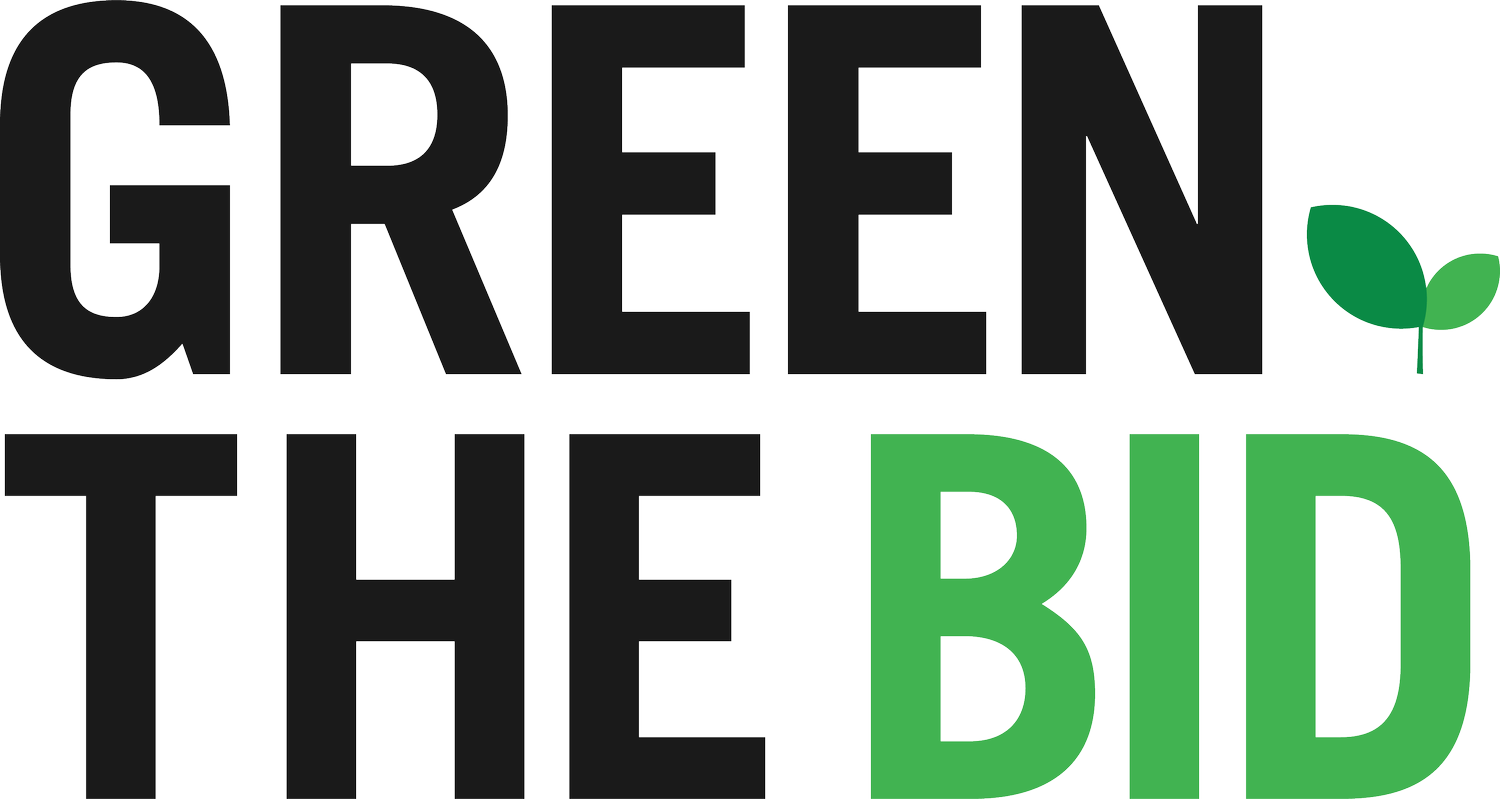Integration Is the Innovation: Why Sustainability Must Be Embedded, Not Isolated
Written by GTB Member Zena Harris, Founder & President, Green Spark Group
In an industry built on collaboration, creativity, and high-stakes execution, one truth is becoming more and more clear: sustainability cannot be a side project. It must be integrated into everything we do.
Across every conversation - whether it’s about systems and culture, the spaces we work in, the people who bring stories to life, or the narratives we shape, the same insight keeps rising to the surface: we don’t need more checklists. We need transformation.
And that transformation begins with mindset.
From Silo to System
For years, sustainability in entertainment has been treated as a specialized concern, handled by an Eco-PA, mentioned at the end of production meetings, or filed under “waste management.” But this model keeps sustainability in a silo. It assumes it’s someone else’s responsibility. It minimizes its relevance to the creative process.
But the truth is, sustainability is already part of the system, it just hasn’t been fully acknowledged or embraced yet. From how we power our stages, to how we move our crews, to how we design our sets and schedule our shoots - sustainability is already happening, or not happening, in every choice we make.
That’s why the shift from isolation to integration is so powerful. It moves us from reactive to proactive, from box-checking to opportunity-making. It invites everyone to be part of the solution, not just the person wearing the “green” badge.
Culture Is the Greatest Lever
What’s the biggest barrier to this shift? It’s not technology. It’s not cost. It’s culture.
In many productions, the prevailing culture is still shaped by short-term thinking: meet the deadline, stay on budget, move fast. That urgency is real, but it often leaves little space for innovation, foresight, or reflection. Sustainability, when isolated, feels like just another burden.
But in an integrated model, sustainability becomes part of the creative challenge. It’s woven into the job descriptions, the prep process, the location strategy, the wrap. It’s not an add-on, it’s a way of working. And when leaders model this mindset, it becomes contagious.
A culture of accountability, curiosity, and care transforms everything. It gives crew permission to speak up. It empowers departments to share solutions. It turns production into a place where climate action is not only possible, but expected.
Messaging Shapes Belief and Belief Shapes Behavior
We also have to talk about how we talk.
Too often, the language around sustainability is abstract or punitive. It focuses on limitations rather than possibilities. But when we reframe it as an opportunity for creativity, innovation, and integrity, the tone shifts. People lean in. Ideas flow. The work becomes not heavier but more meaningful.
This is the power of narrative, on screen and off. The stories we tell each other behind the scenes matter. They shape what’s normalized, what’s prioritized, what’s celebrated. And those stories start with leadership. They start with you.
We Already Have What We Need
Sustainable production isn’t about perfection. It’s about progress. The resources exist. The tools exist. The case studies and successes are already out there. What we need now is scale, momentum, and vision.
So here’s the insight we’re taking with us into this next phase of change: We don’t need more isolated wins, we need integrated systems. We don’t need a hero, we need a collective. We don’t need to do everything, just do something, and do it together.
Let’s embed sustainability into the very fabric of how we tell stories. Because when we do, we’re not only building a better industry, we’re shaping a better future.

